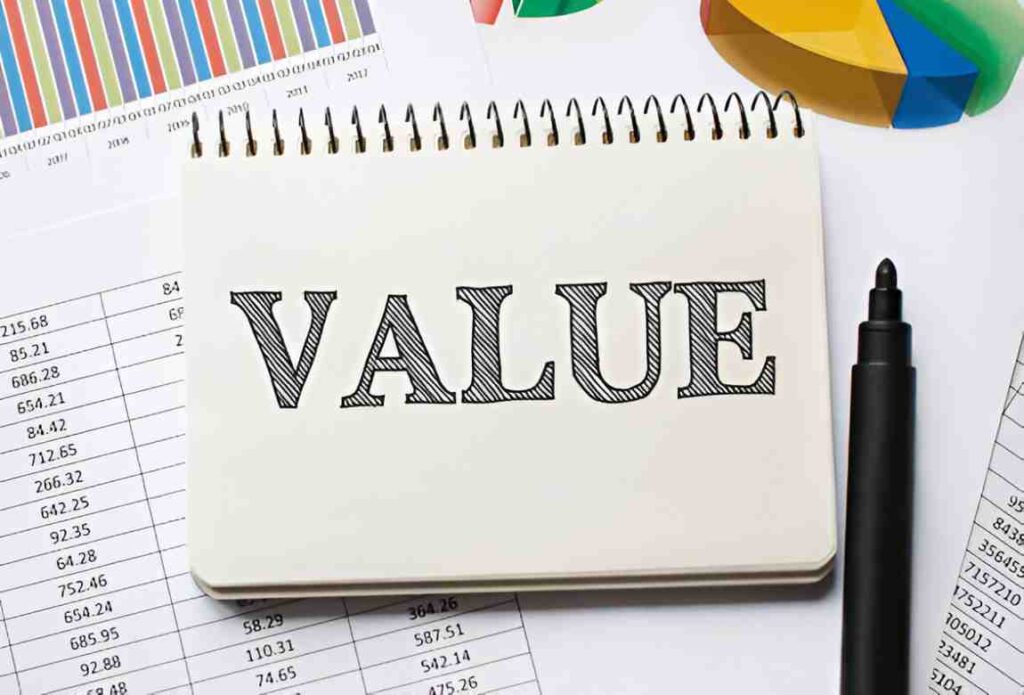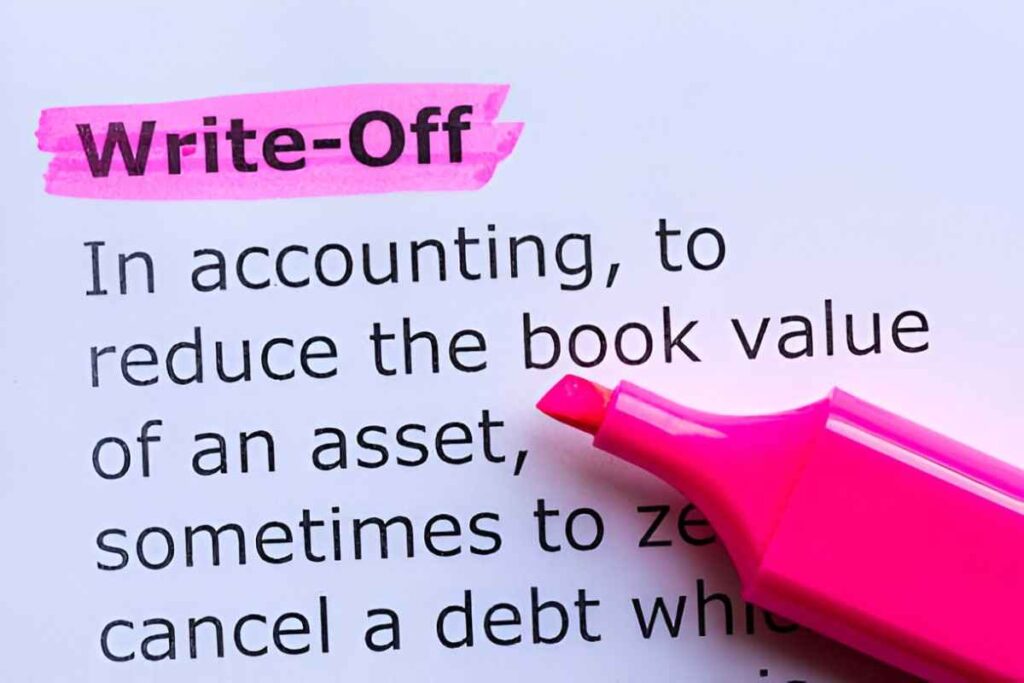When I think about the financial systems that shape our lives, one concept stands out as both foundational and often overlooked: the unit of account. It’s a term that might sound technical, but it’s something we interact with every day, whether we realize it or not. In this article, I’ll break down what a unit of account is, why it matters, and how it influences everything from personal budgeting to global economics. By the end, you’ll see why this seemingly simple idea is so powerful.
Table of Contents
What Is a Unit of Account?
A unit of account is a standard numerical unit used to represent the value of goods, services, assets, and liabilities. In the United States, the dollar (\$) serves as our primary unit of account. It’s the common language we use to measure and compare the worth of things. For example, when I buy a cup of coffee for \$3.50, I’m using the dollar as a unit of account to understand its value relative to other things I might spend that money on, like a sandwich priced at \$7.00.
The unit of account isn’t just about money, though. It’s a tool for making sense of the world. Without it, we’d struggle to compare the value of different items, plan budgets, or even understand the concept of profit and loss.
Why the Unit of Account Matters
Imagine a world without a standardized unit of account. How would I know if a car priced at 50,000 units is more expensive than a house priced at 200,000 units if those units aren’t clearly defined? The unit of account solves this problem by providing a consistent benchmark for value.
In the U.S., the dollar’s role as a unit of account is deeply embedded in our financial systems. From the prices on grocery store shelves to the balance sheets of Fortune 500 companies, the dollar is the common denominator. This consistency allows for efficient markets, transparent pricing, and informed decision-making.
The Unit of Account in Personal Finance
Let’s start with personal finance, where the unit of account plays a critical role in everyday decisions.
Budgeting
When I create a monthly budget, I use the dollar as my unit of account to allocate funds for different expenses. For example, if my monthly income is \$5,000, I might allocate \$1,500 for rent, \$500 for groceries, and \$300 for utilities. By expressing these amounts in dollars, I can easily compare them and ensure my spending aligns with my priorities.
Here’s a simple budget table:
| Category | Amount (\$) |
|---|---|
| Rent | 1,500 |
| Groceries | 500 |
| Utilities | 300 |
| Transportation | 200 |
| Savings | 1,000 |
| Entertainment | 500 |
| Total | 5,000 |
Without the dollar as a unit of account, this level of precision and clarity would be impossible.
Debt and Loans
The unit of account also helps me understand debt. If I take out a student loan for \$30,000, I know exactly how much I owe because the debt is expressed in dollars. This clarity allows me to plan my repayments and calculate the total cost of borrowing, including interest.
For example, if the loan has an annual interest rate of 5\%, I can calculate the interest for the first year using the formula:
\text{Interest} = \text{Principal} \times \text{Interest Rate}Plugging in the numbers:
\text{Interest} = 30,000 \times 0.05 = 1,500So, the interest for the first year is \$1,500.
The Unit of Account in Business
Businesses rely heavily on the unit of account to track performance, set prices, and make strategic decisions.
Financial Statements
When I analyze a company’s financial statements, the unit of account is the backbone of the data. The income statement, balance sheet, and cash flow statement all use dollars to report revenues, expenses, assets, and liabilities.
For example, if a company reports \$1,000,000 in revenue and \$700,000 in expenses, I can quickly calculate its profit:
\text{Profit} = \text{Revenue} - \text{Expenses} \text{Profit} = 1,000,000 - 700,000 = 300,000The profit is \$300,000, expressed in the same unit of account as the revenue and expenses.
Pricing Strategies
Businesses also use the unit of account to set prices. If I run a small bakery and want to price a loaf of bread, I need to consider the cost of ingredients, labor, and overhead. Suppose the total cost per loaf is \$2.00. To make a profit, I might set the price at \$4.00.
Here’s a breakdown:
| Cost Component | Amount (\$) |
|---|---|
| Ingredients | 1.00 |
| Labor | 0.50 |
| Overhead | 0.50 |
| Total Cost | 2.00 |
| Selling Price | 4.00 |
| Profit | 2.00 |
By using the dollar as a unit of account, I can clearly see the relationship between costs and profits.
The Unit of Account in Macroeconomics
At the macroeconomic level, the unit of account helps governments and policymakers measure economic performance and make informed decisions.
Gross Domestic Product (GDP)
GDP is one of the most important economic indicators, and it’s expressed in the unit of account. In the U.S., GDP is measured in dollars. For example, if the U.S. GDP is \$25 \text{ trillion}, it represents the total value of all goods and services produced in the country.
Inflation
Inflation is another key concept tied to the unit of account. When I hear that the inflation rate is 3\%, it means the purchasing power of the dollar has decreased by 3\% over a specific period. This affects everything from the cost of living to interest rates.
For example, if a basket of goods costs \$100 today and the inflation rate is 3\%, the same basket will cost \$103 next year.
\text{Future Cost} = \text{Current Cost} \times (1 + \text{Inflation Rate}) \text{Future Cost} = 100 \times 1.03 = 103Challenges with the Unit of Account
While the unit of account is incredibly useful, it’s not without its challenges.
Currency Fluctuations
In a global economy, currency fluctuations can complicate the use of a unit of account. For example, if I’m an American business owner importing goods from Europe, a weakening euro relative to the dollar can reduce my costs. Conversely, a strengthening euro can increase them.
Hyperinflation
In extreme cases, hyperinflation can render a unit of account almost meaningless. For example, during the hyperinflation in Zimbabwe, prices doubled every 24 hours, making it nearly impossible to use the local currency as a reliable unit of account.
The Future of the Unit of Account
As technology evolves, so does the concept of the unit of account. Cryptocurrencies like Bitcoin introduce new units of account, such as BTC. While these digital currencies are still niche, they challenge traditional financial systems and raise questions about the future of money.
For example, if I buy a cup of coffee for 0.001 \text{ BTC}, I’m using Bitcoin as a unit of account. However, the volatility of cryptocurrencies makes them less stable than traditional units of account like the dollar.
Conclusion
The unit of account is a cornerstone of modern finance, enabling us to measure, compare, and make sense of value. Whether I’m budgeting at home, analyzing a business, or understanding macroeconomic trends, the dollar serves as a reliable and consistent benchmark.





